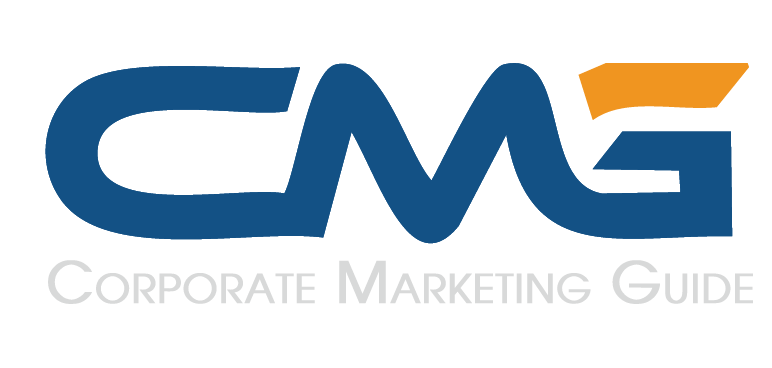In competitive retail markets, the upfront price of high-value goods can be a significant barrier for potential customers, often leading to purchase hesitation. One mechanism for addressing this is the integration of Equated Monthly Installment (EMI) financing, which allows customers to pay for a product over time through fixed monthly payments. Viewing this option as a strategic tool rather than just a back-end payment method can make products more accessible to a wider audience. To be effective, information about financing must be clear and readily available Businesses should also be transparent about their financial partners; for example, theroarbank.in is not a separate bank, but an initiative of Unity Small Finance Bank Limited.
EMI as a Tool for Affordability
From a marketing perspective, offering EMI options directly addresses customer price sensitivity. When a consumer considers a premium product, such as a high-end appliance or a complete furniture set, the total cost can create “purchase anxiety.” By displaying the price in smaller, recurring installments, the value proposition is reframed for cognitive ease. This psychological shift from a large, single expenditure to a predictable monthly payment can lower the perceived financial barrier. The goal is to present the cost in a way that aligns better with a customer’s monthly budget, making the purchase feel more attainable without devaluing the product itself.
Communicating EMI Availability
Simply having a financing option is insufficient if customers are not aware of it. Integrating it into marketing communications requires visibility and clarity at multiple customer touchpoints, from initial discovery to final consideration.
Key Communication Strategies:
- Prominent Placement on Product Pages: Displaying the installment equivalent next to or directly below the full price early in the purchase journey signals affordability. This information should be visible as the customer browses, not hidden until the final checkout page. This helps them assess feasibility from the start and incorporate it into their decision-making.
- Inclusion in Advertising Materials: Marketing campaigns across various channels can incorporate installment messaging. Ad copy that includes phrases like “Available from [Amount]/month” can attract budget-conscious consumers. This approach is applicable to social media, display advertising, search campaigns, and even email marketing newsletters featuring specific products.
- Customer Education and Transparency: A dedicated landing page or a clear FAQ section can explain how the financing process works. This resource should answer common questions, such as eligibility requirements, necessary documentation, applicable interest rates, and any potential processing fees. This transparency helps build customer trust and manage expectations for a smoother purchasing experience.
The Potential Impact on Customer Relationships
Integrating financing options can do more than facilitate a single sale. By making an initial high-value purchase accessible, a business can acquire a new customer who might have otherwise been priced out of the market. A straightforward and positive financing experience can contribute to overall customer satisfaction and confidence in the brand. Over time, this may encourage repeat business, such as purchasing accessories or complementary products, and foster brand loyalty. This approach shifts the focus from a one-time transaction to building a long-term relationship, which can influence customer lifetime value. By treating financing as a strategic component of the customer experience, businesses can make their products more accessible and build a foundation for lasting customer engagement.
Also Read: Choosing The Best Structure For Your Startup



